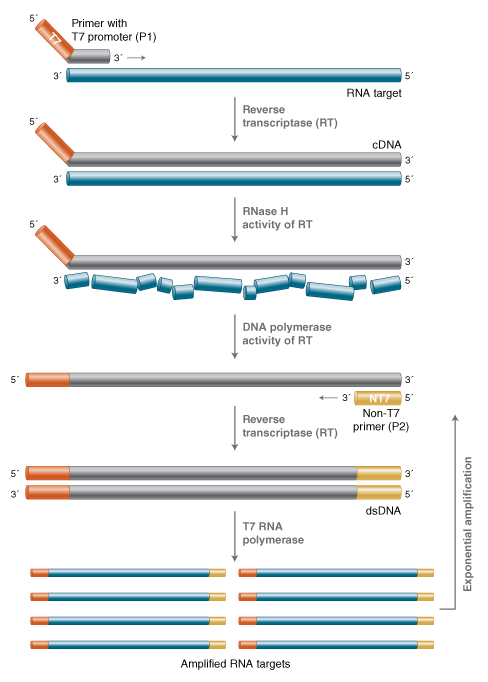Laboratory Diagnosis
Microscopy
Definite diagnosis of loiasis requires:
Detection of microfilariae in the peripheral blood
Isolation of the adult worm from the eye or biopsy of subcutaneous swelling
However, the microfilariae usually appear in blood after few years of infection and travelers
are often negative for microfilaremia.
Molecular Methods
Nested PCR-based assays for the detection of L. loa DNA in blood are available in specialized laboratories and are highly sensitive (95%) and specific.
Antibody detection
It is done by using recombinant antigen.
Other Methods
Other clinical findings in the travelers include:
Hypergammaglobulinemia
Elevated levels of serum IgE
Elevated leukocyte and eosinophil counts
Characteristic history and clinical presentation.
Treatment
Diethylcarbamazine (DEC) is the drug of choice — multiple courses are necessary to resolve loiasis completely
Dose: DEC is given in a dose of 8–10 mg/kg per day for 21 days
It is effective against both the adult and the microfilarial forms of L. loa
glucocorticoids: It is required in heavy microfilaraemia, to reduce the allergic or other inflammatory reactions against
microfilariae.
Albendazole or ivermectin is effective in reducing microfilarial loads, but ivermectin is contraindicated in heavily infected patients with loiasis
Surgical removal of the adult worms is rarely required if they migrate through the bridge of the nose or through the conjunctiva.






